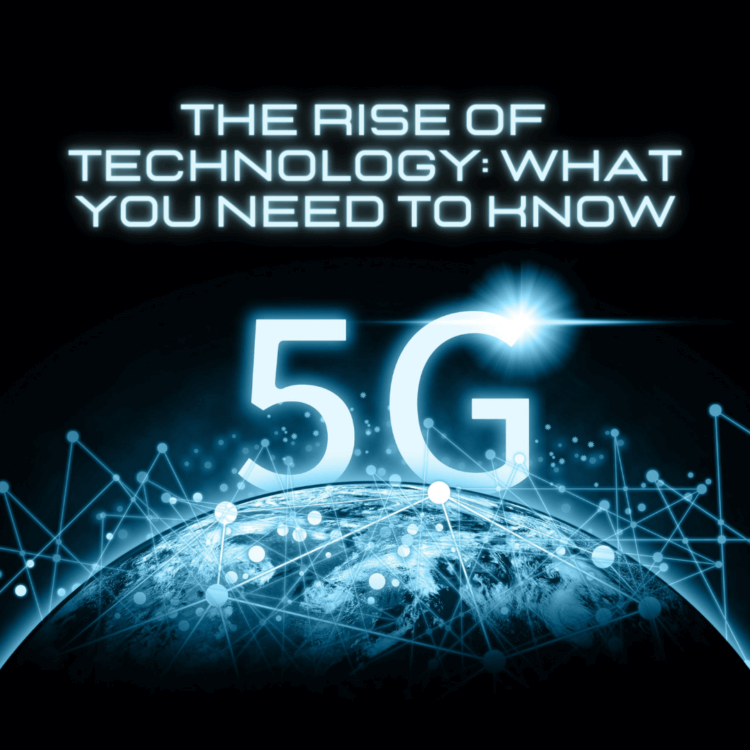The rise of 5G technology represents a significant advancement in wireless communication technology that promises faster speeds, lower latency, and increased connectivity. Here’s what you need to know about 5G:
1. What is 5G?
Fifth Generation Wireless Technology:
5G is the fifth generation of wireless technology for mobile and broadband networks. It succeeds 4G (LTE) and offers substantial improvements in terms of speed, capacity, and reliability.
2. Key Features of 5G:
Faster Speeds:
5G promises significantly faster data speeds compared to 4G. This enables quick downloads, smooth streaming, and better performance for applications like virtual reality (VR) and augmented reality (AR).
Low Latency:
5G networks offer extremely low latency, which means there is minimal delay in transmitting data. This is crucial for applications that require real-time communication, such as online gaming and autonomous vehicles.
Increased Capacity:
5G can handle a much larger number of devices simultaneously. This is vital as the number of IoT (Internet of Things) devices continues to grow.
Improved Reliability:
5G networks are designed to be more reliable and robust, even in crowded urban areas or during events with high data demand.
3. Use Cases and Applications:
IoT:
5G enables efficient connectivity for the IoT, allowing devices to communicate seamlessly. This has applications in smart cities, smart homes, and industrial IoT.
Autonomous Vehicles:
Low-latency 5G networks are critical for autonomous vehicles to communicate with each other and with traffic infrastructure in real-time, enhancing safety and efficiency.
Telemedicine:
High-speed, low-latency 5G connections enable remote medical procedures and real-time monitoring of patients, expanding telemedicine capabilities.
Smart Manufacturing:
In industrial settings, 5G facilitates faster data transmission for robotics, automation, and remote monitoring, improving manufacturing processes.
Entertainment :
5G enhances the streaming of high-quality video content, making it ideal for 4K and 8K streaming, as well as virtual reality experiences.
Enhanced Mobile Services:
Improved mobile internet experiences, faster app downloads, and better video calling are some of the immediate benefits for smartphone users.
4. Deployment Challenges:
Infrastructure:
The rollout of 5G requires substantial infrastructure upgrades, including the installation of new cell towers and small cells in urban areas.
Spectrum:
5G operates on a wider range of frequencies, including higher bands known as millimeter waves (mmWave). Access to suitable spectrum is crucial for deployment.
Security Concerns:
As with any new technology, there are concerns about security and privacy. Ensuring the security of 5G networks is a priority for governments and telecommunications companies.
5. Global Adoption:
5G adoption varies by region and country. Some nations have made significant progress in deploying 5G networks, while others are still in the early stages.
6. Future Developments:
The evolution of 5G will continue with advancements like standalone 5G networks, further improvements in network slicing for custom services, and expansion into new industries.
In summary, 5G technology offers faster speeds, lower latency, and increased connectivity, enabling a wide range of applications and innovations across various industries. Its deployment is ongoing, and as the technology matures, it is expected to bring significant changes to the way we communicate, work, and live.










No Comments
Leave Comment